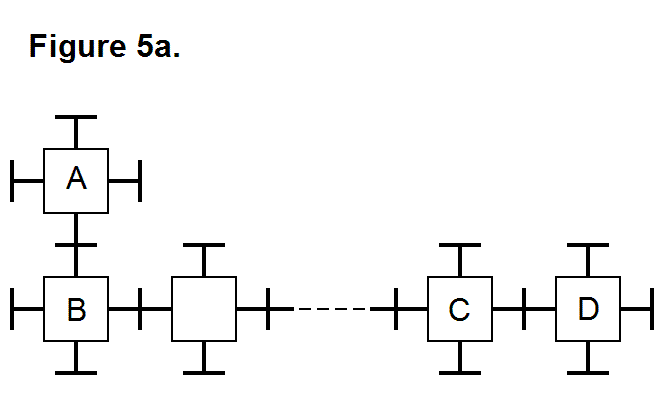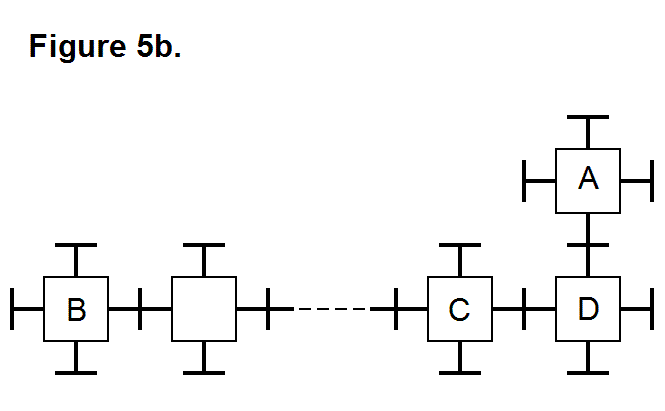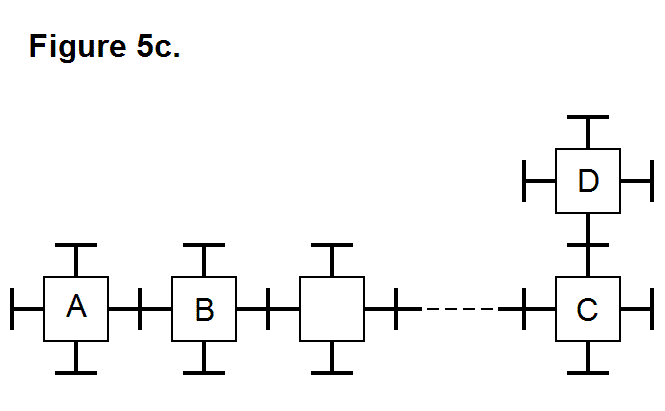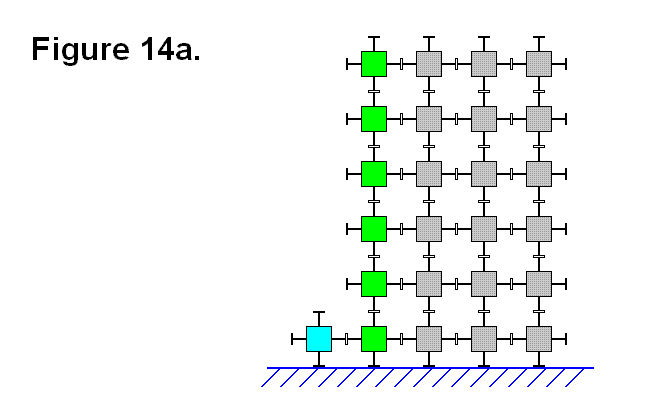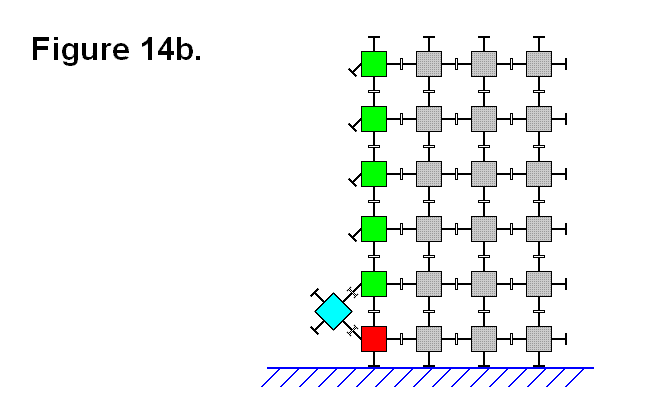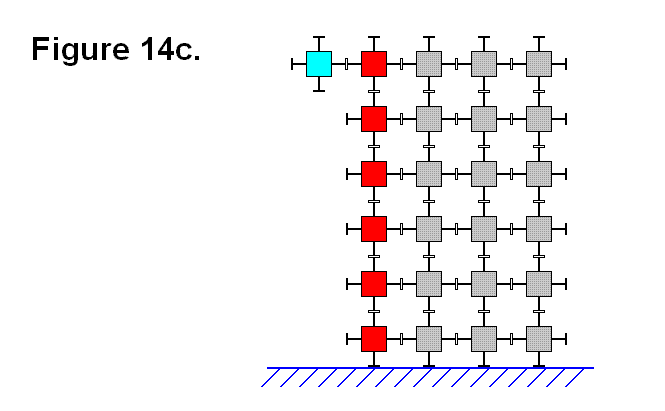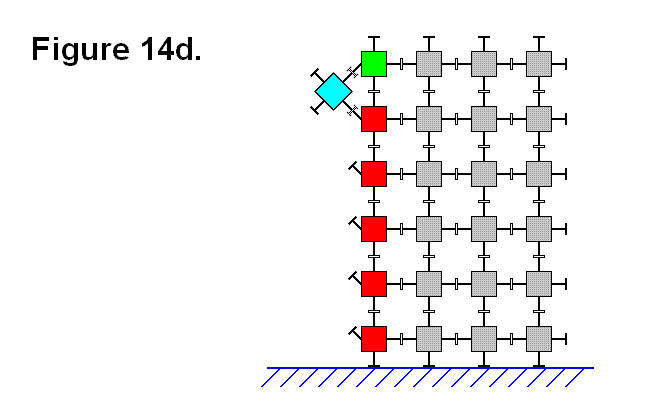PROTOTYPES MADE FROM LEGOS (Page 1 of 3)
These photos show a prototype module, basic articulation capabilities, and connections between two modules.
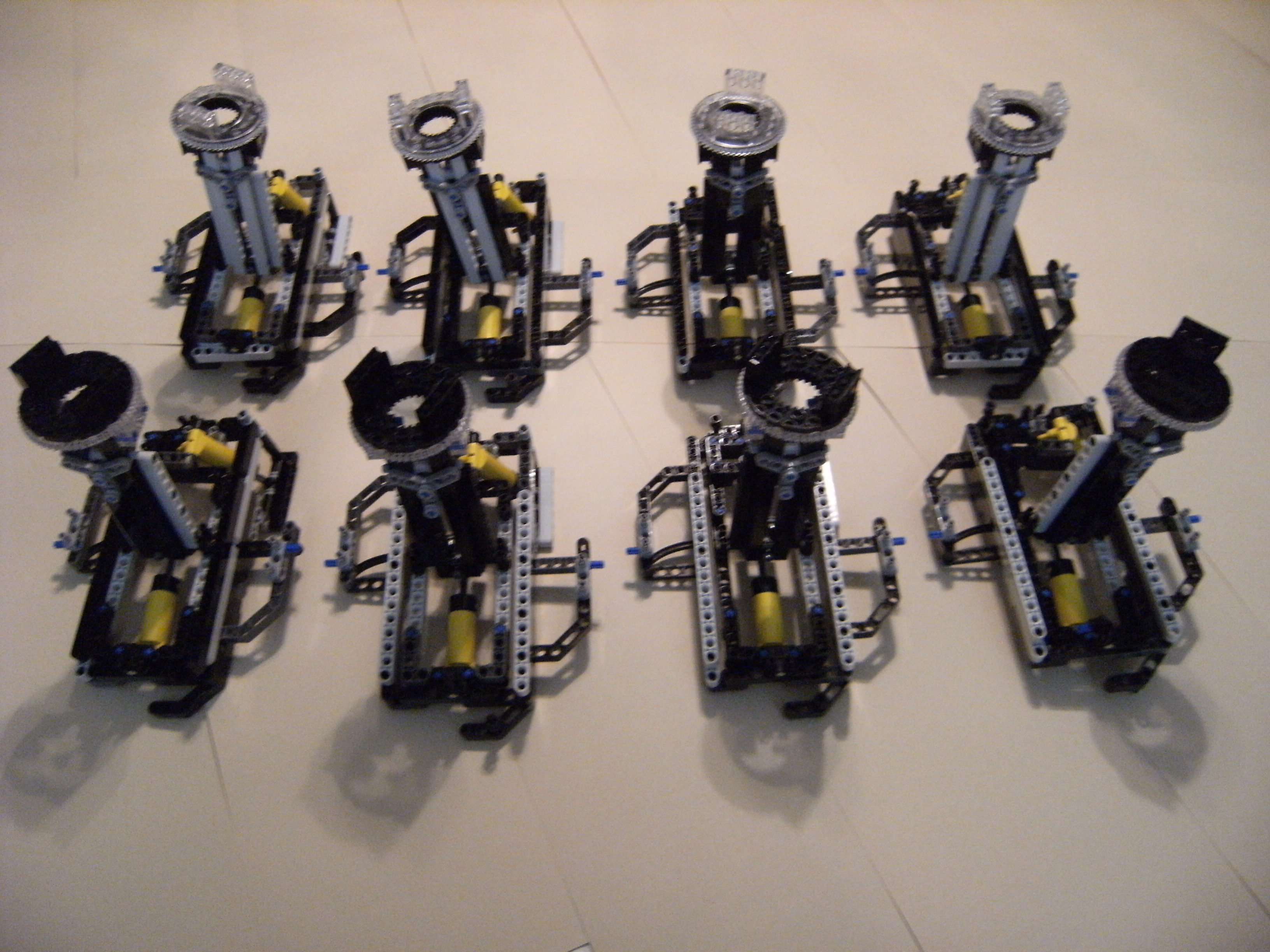 Supply of 6 modules
Supply of 6 modules
Figure 1. Side view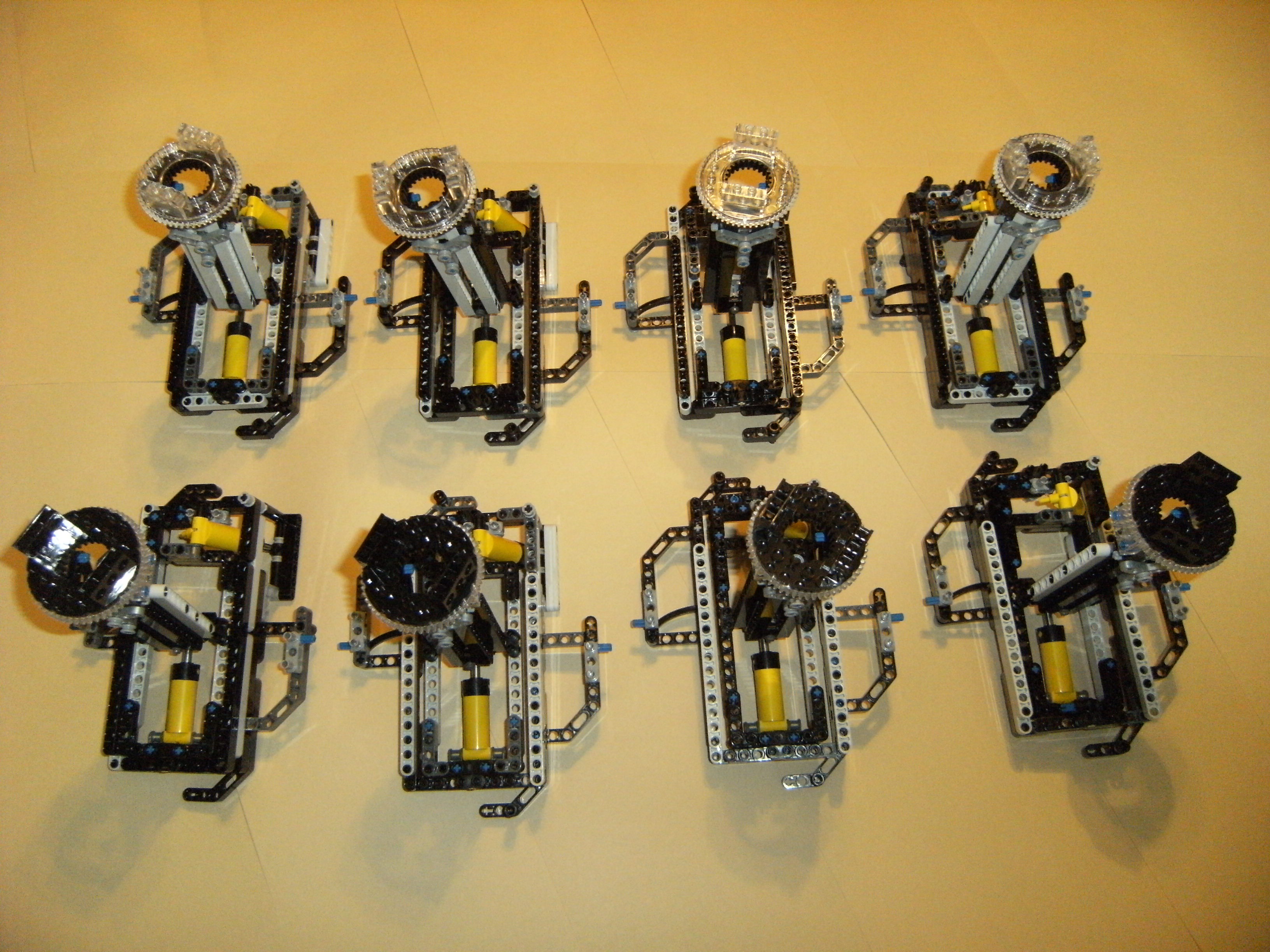 Supply of 6 modules
Supply of 6 modules
Figure 2. Top view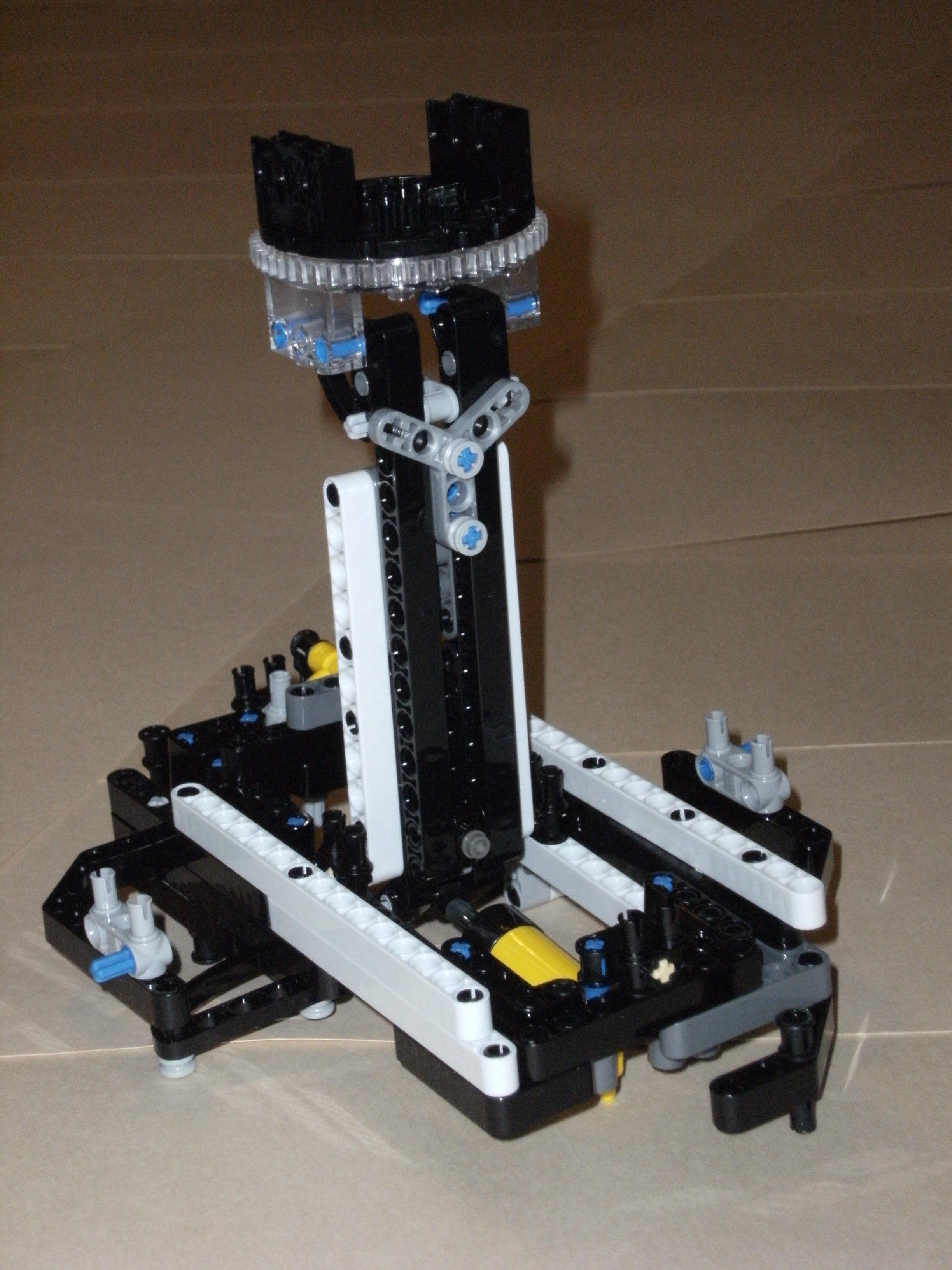 Module prototype with inverted Lego turntable
Module prototype with inverted Lego turntable
Figure 3. View 1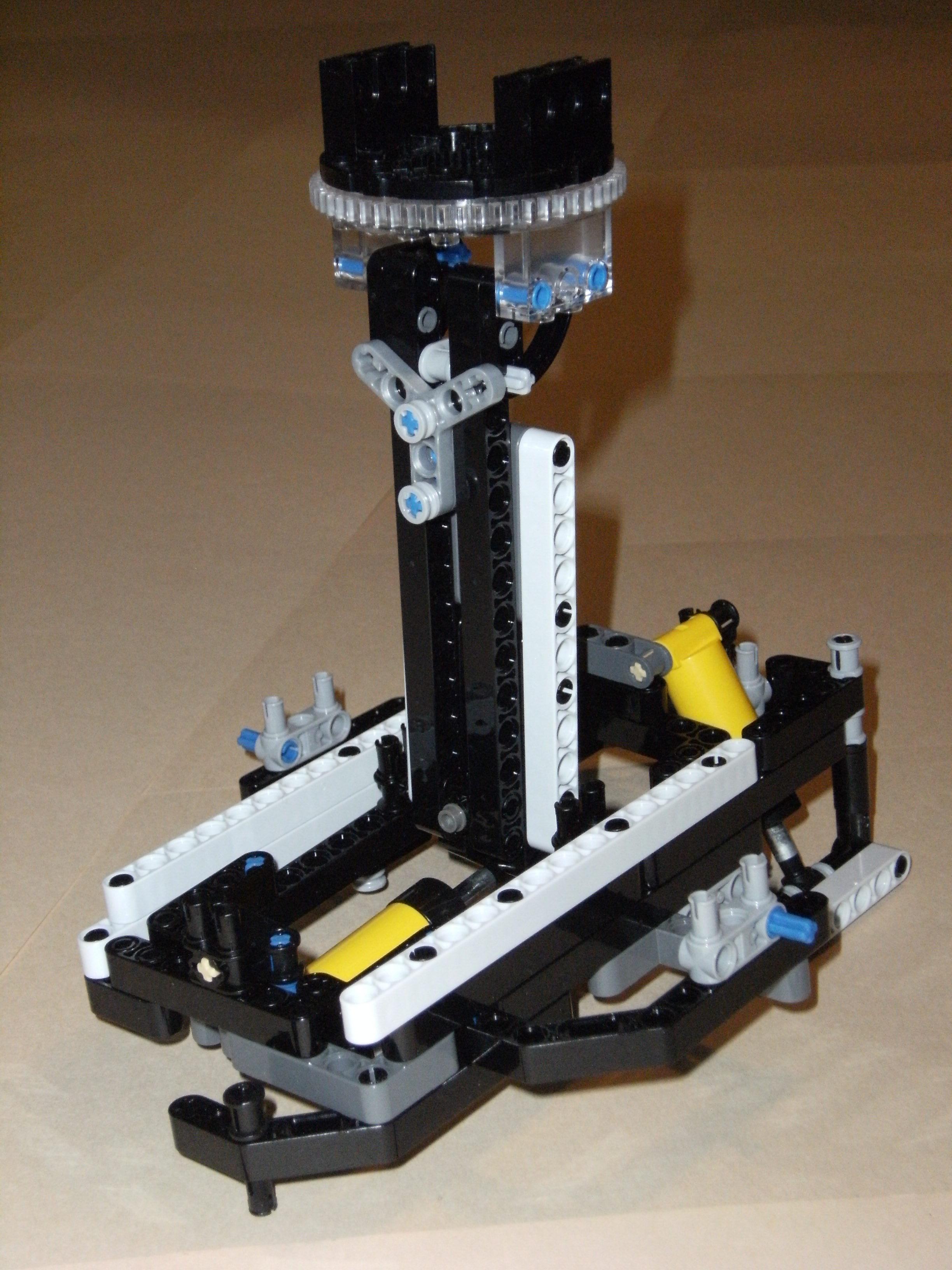 Module prototype with inverted Lego turntable
Module prototype with inverted Lego turntable
Figure 4. View 2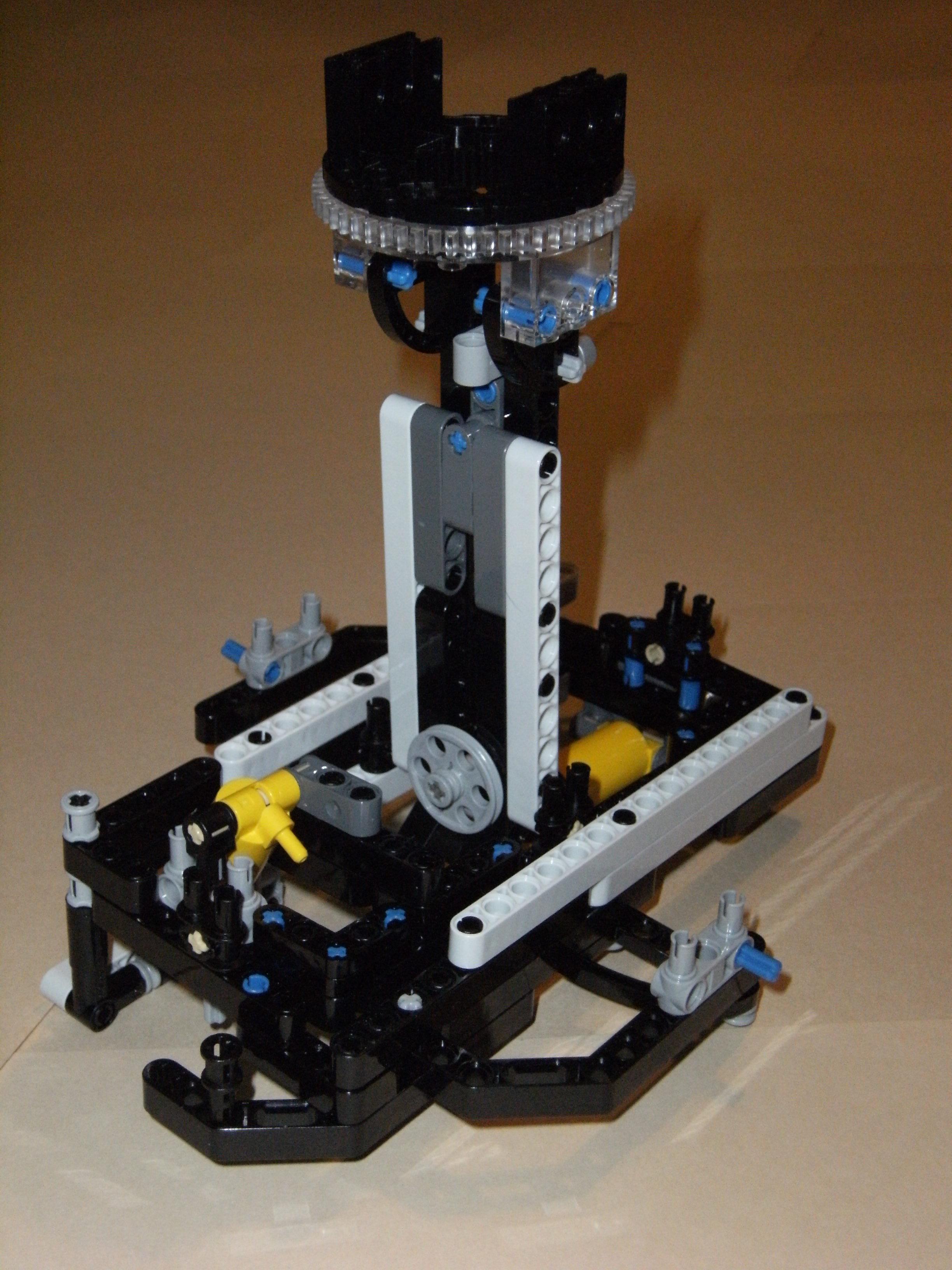 Module prototype with inverted Lego turntable
Module prototype with inverted Lego turntable
Figure 5. View 3 Module prototype with inverted Lego turntable
Module prototype with inverted Lego turntable
Figure 6. View 4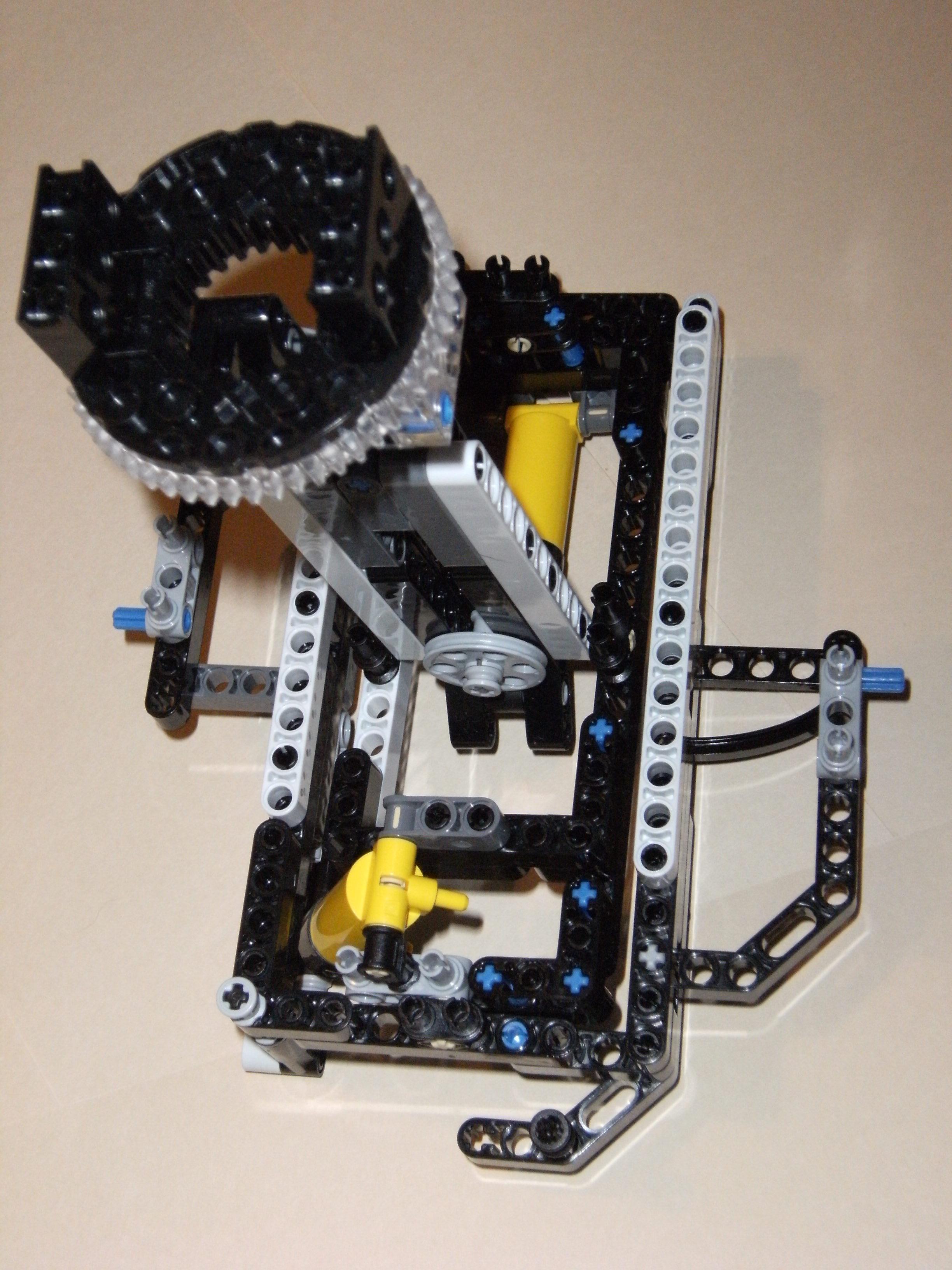 Module prototype with inverted Lego turntable
Module prototype with inverted Lego turntable
Figure 7. View 5 Module prototype with right-side-up Lego turntable
Module prototype with right-side-up Lego turntable
Figure 8. View 1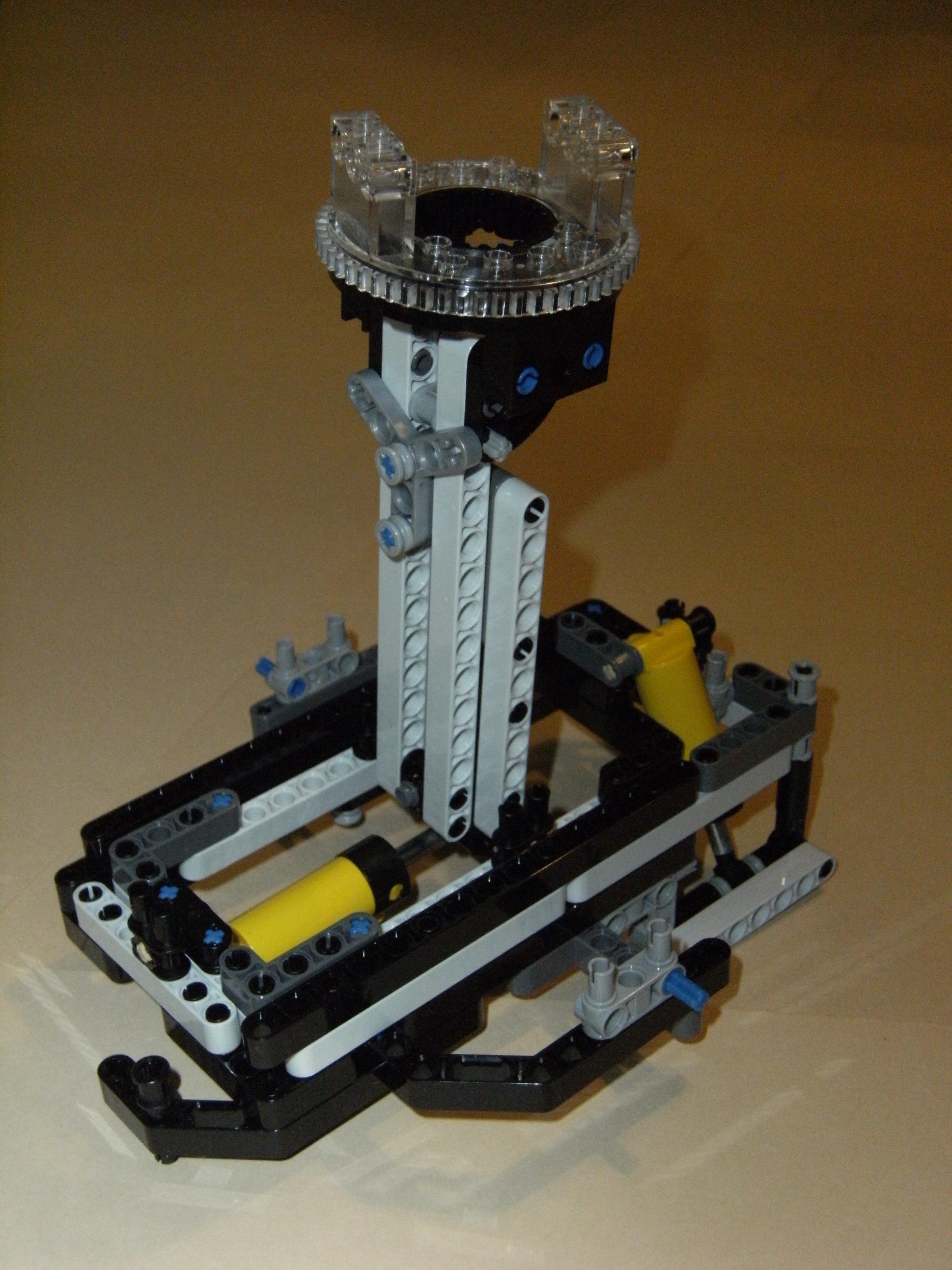 Module prototype with right-side-up Lego turntable
Module prototype with right-side-up Lego turntable
Figure 9. View 2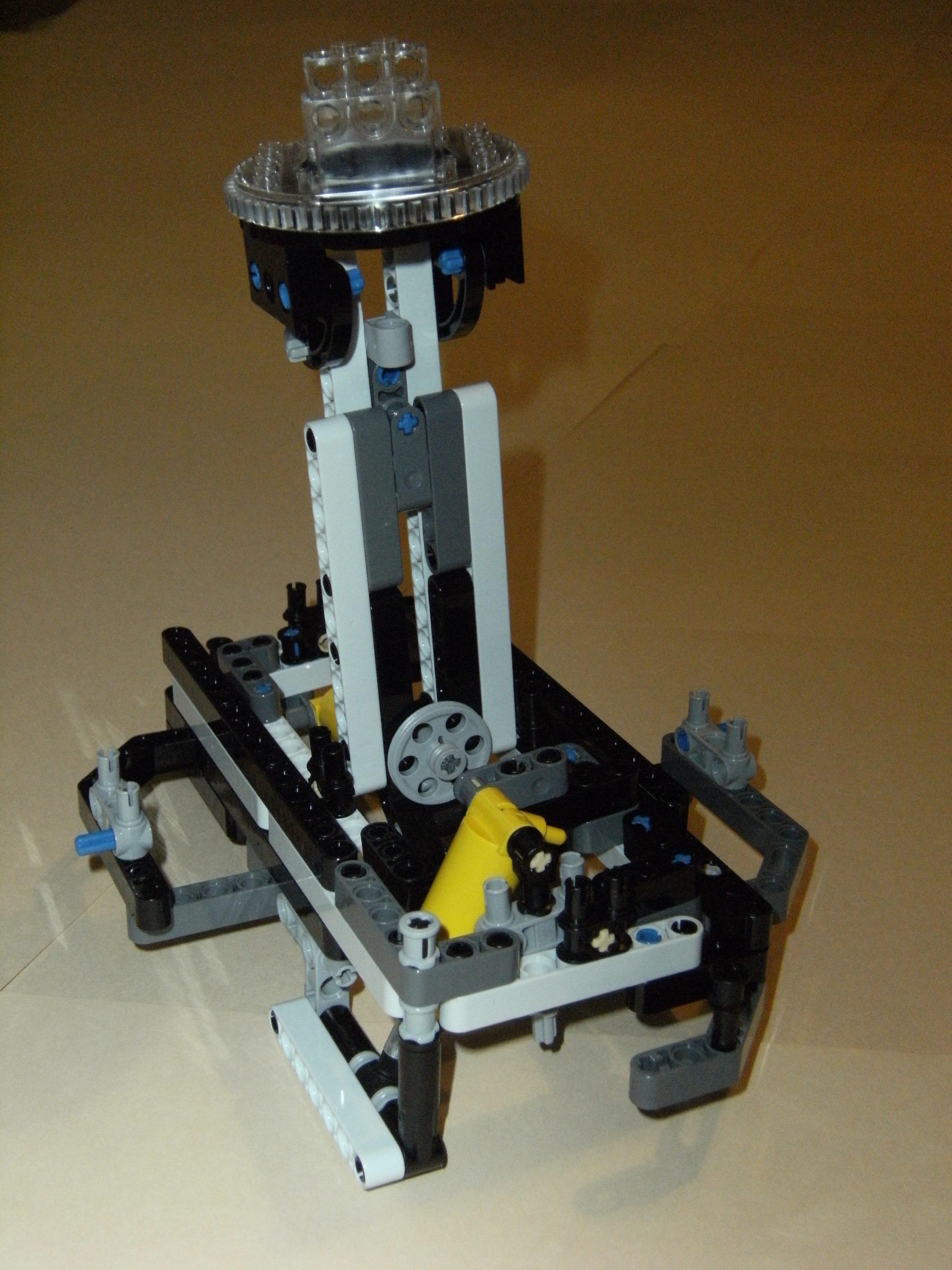 Module prototype with right-side-up Lego turntable
Module prototype with right-side-up Lego turntable
Figure 10. View 3 Module prototype with right-side-up Lego turntable
Module prototype with right-side-up Lego turntable
Figure 11. View 4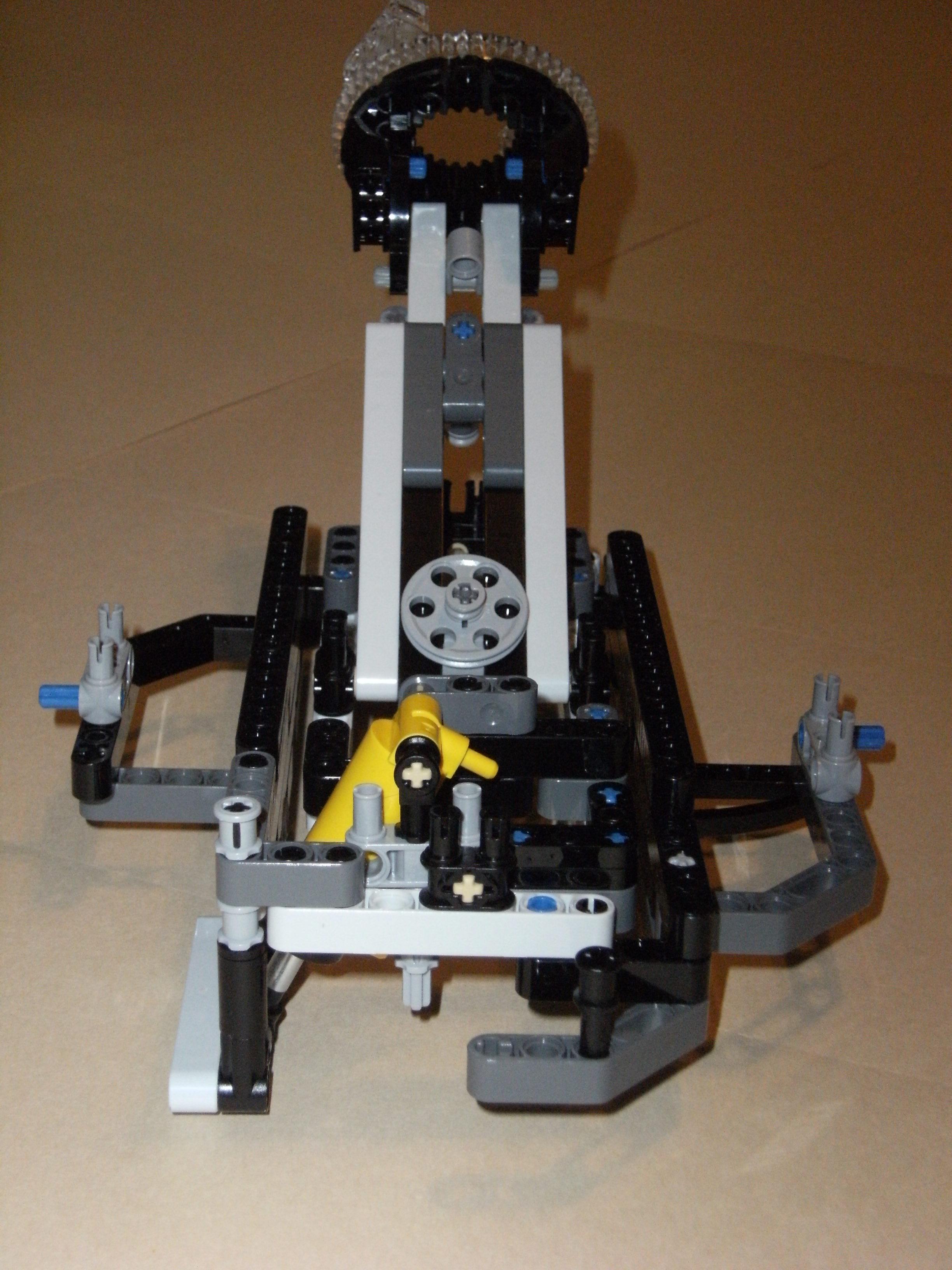 X-axis pivot
X-axis pivot
Figure 12. View 1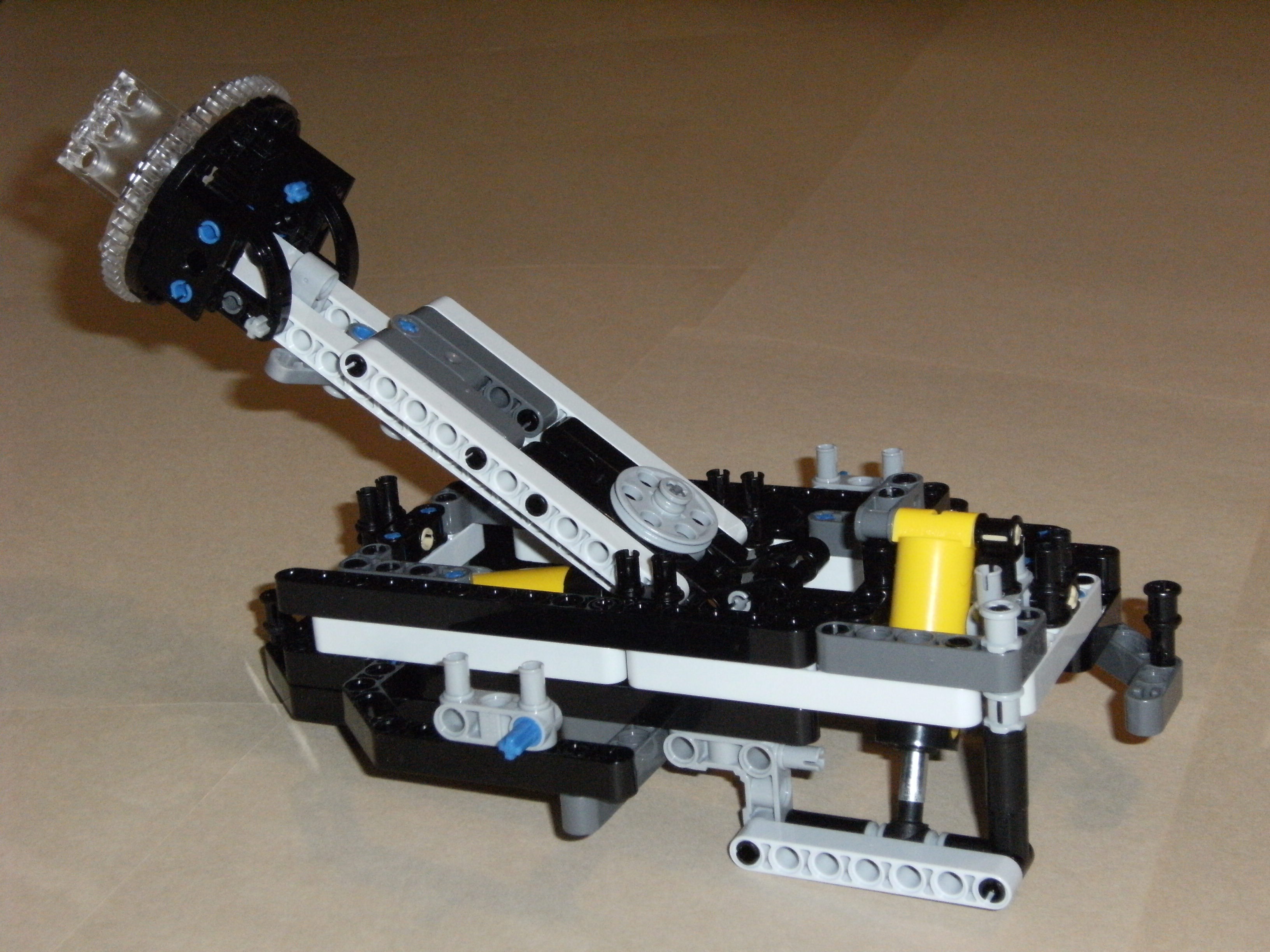 X-axis pivot
X-axis pivot
Figure 13. View 2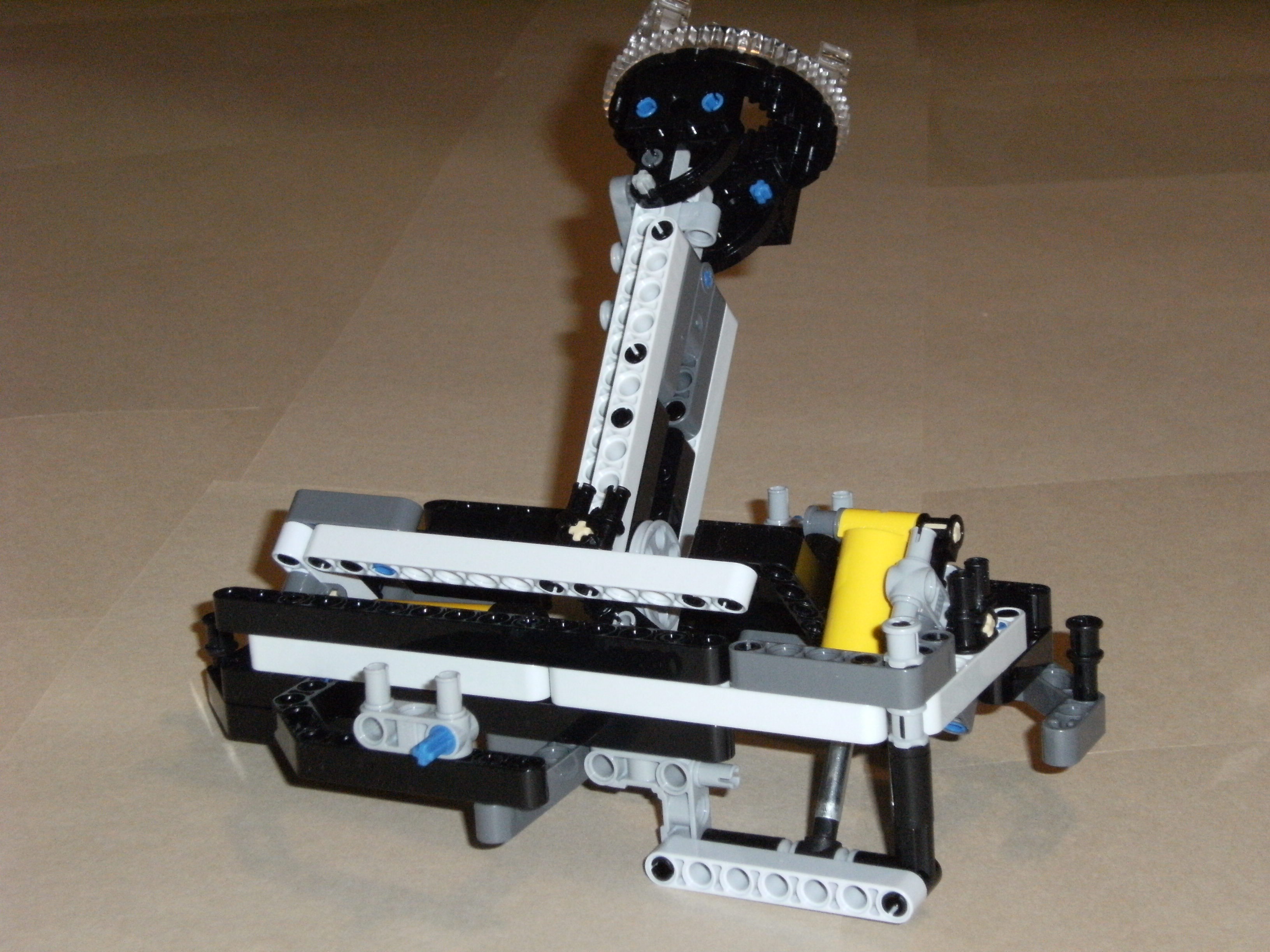 Y-axis pivot
Y-axis pivot
Figure 14. View 1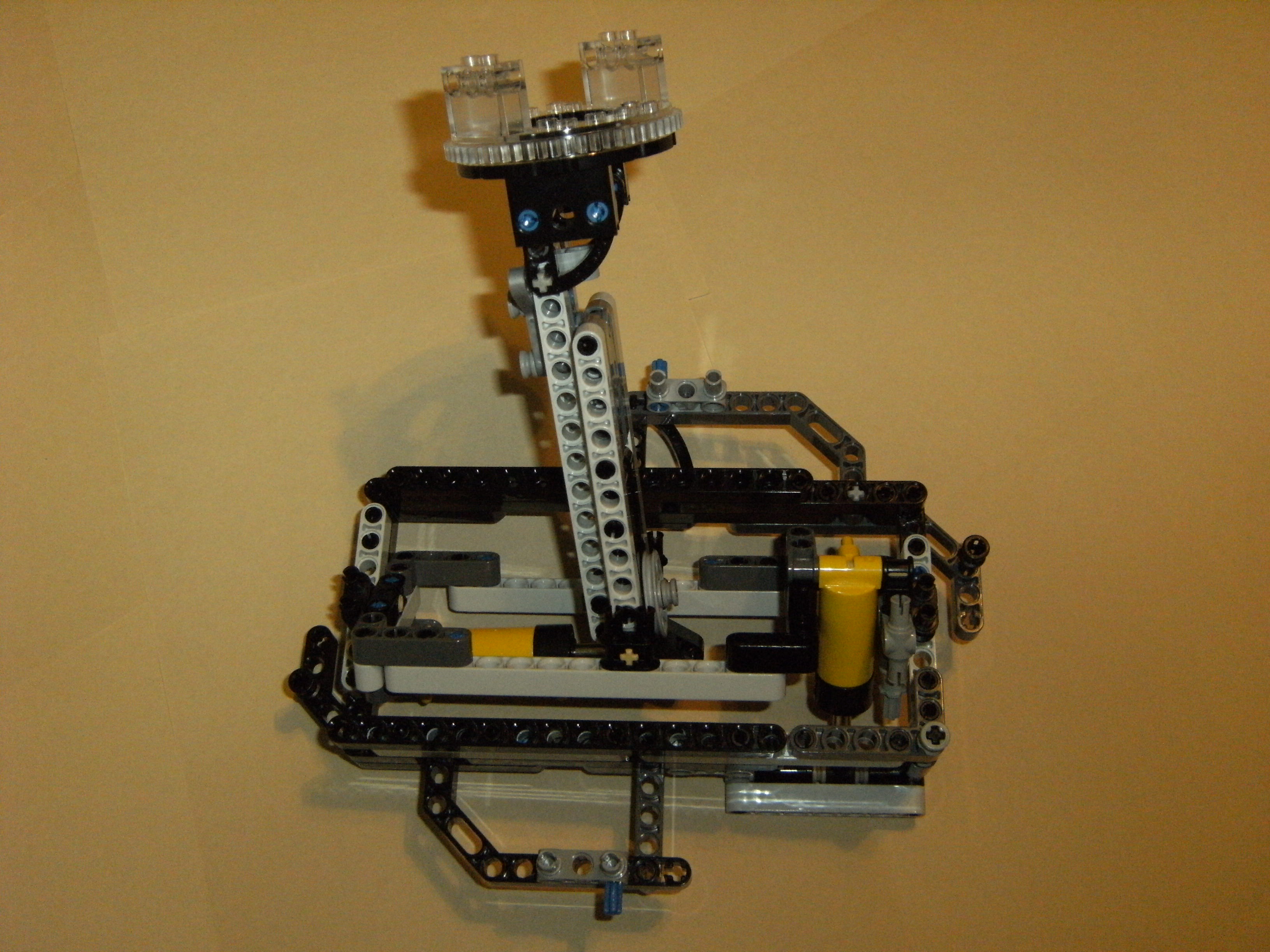 Y-axis pivot
Y-axis pivot
Figure 15. View 2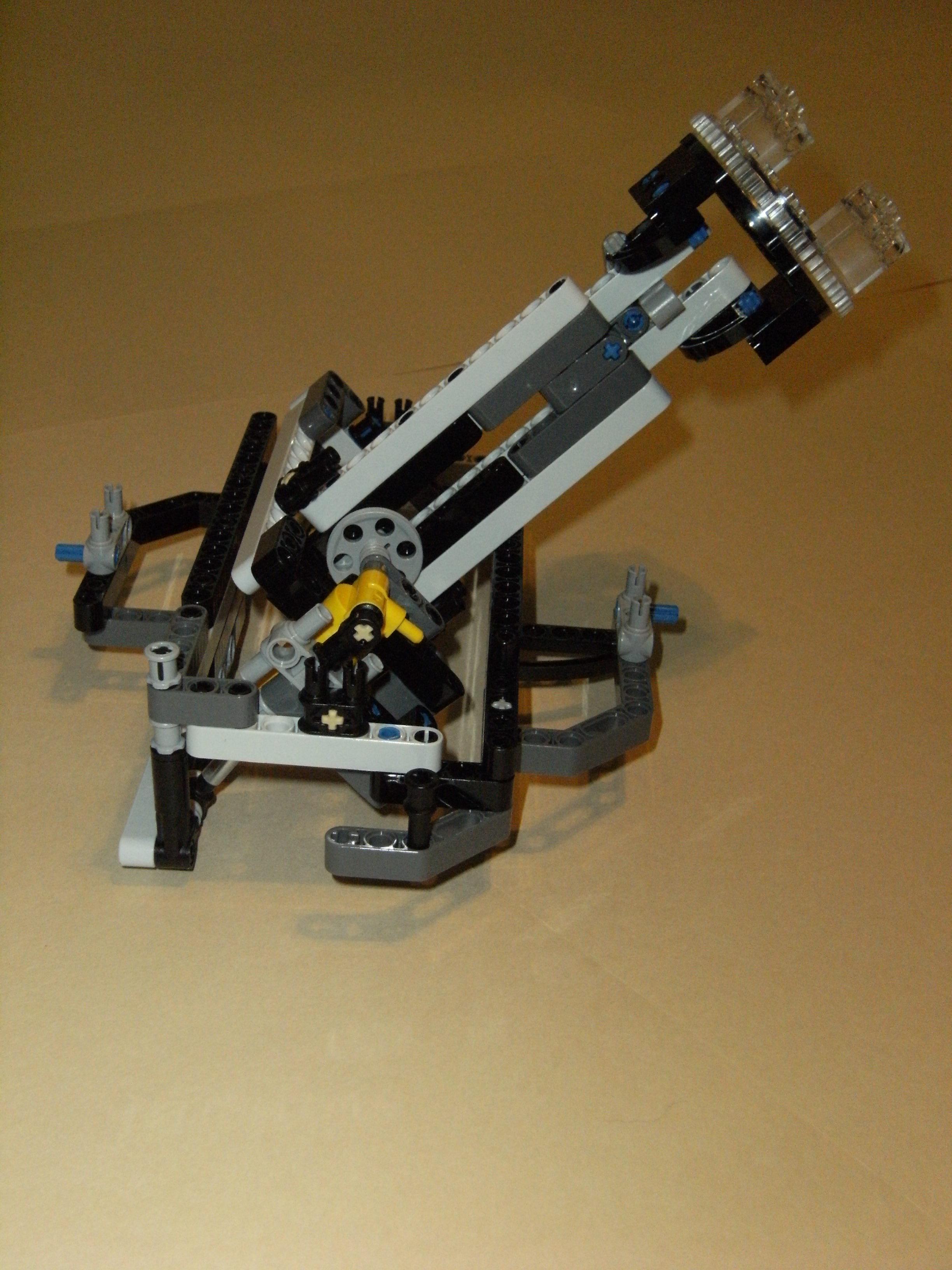 Y-axis pivot
Y-axis pivot
Figure 16. View 3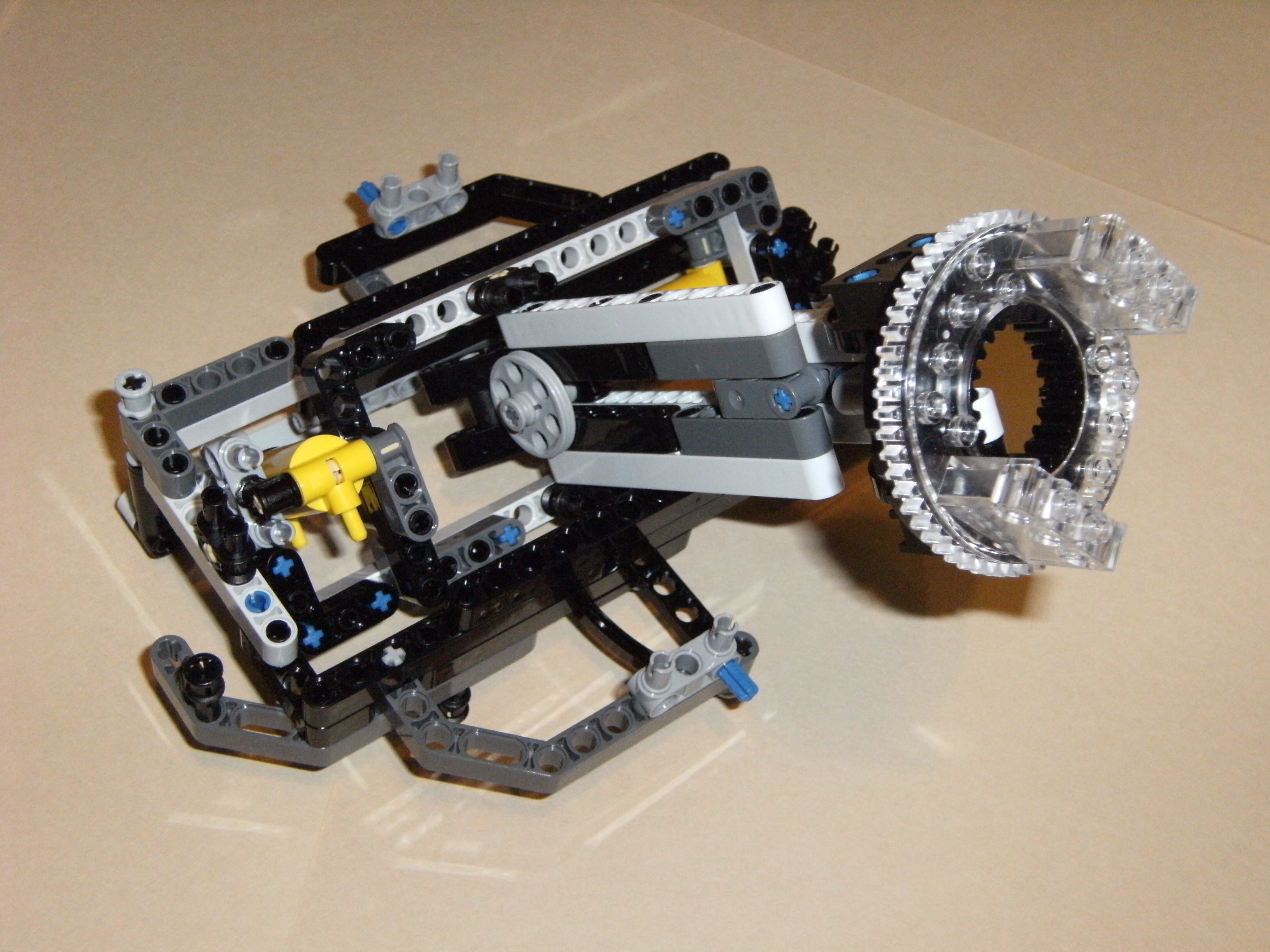 Y-axis pivot
Y-axis pivot
Figure 17. View 4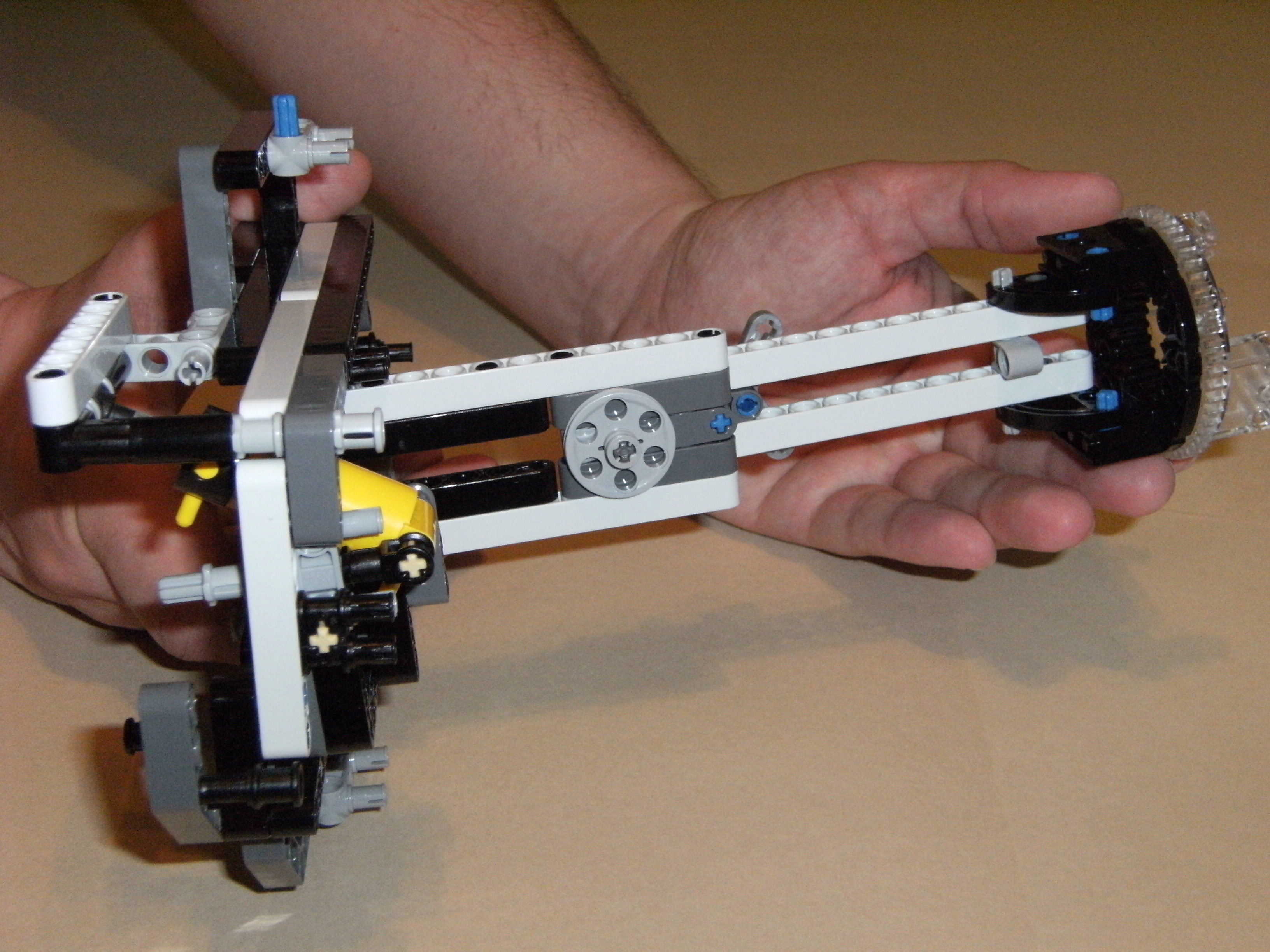 Telescoping
Telescoping
Figure 18. Leg extended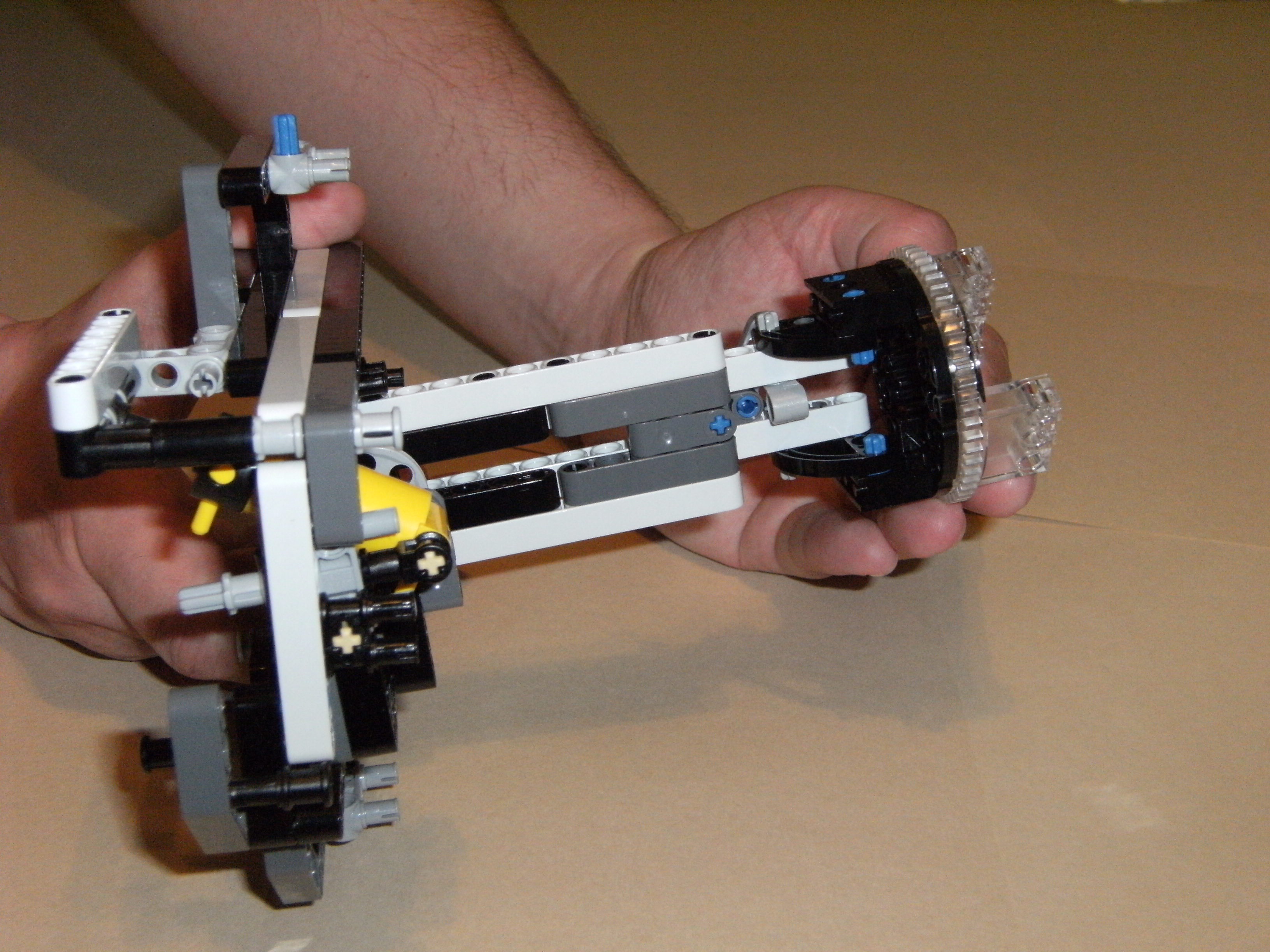 Telescoping
Telescoping
Figure 19. Leg retracted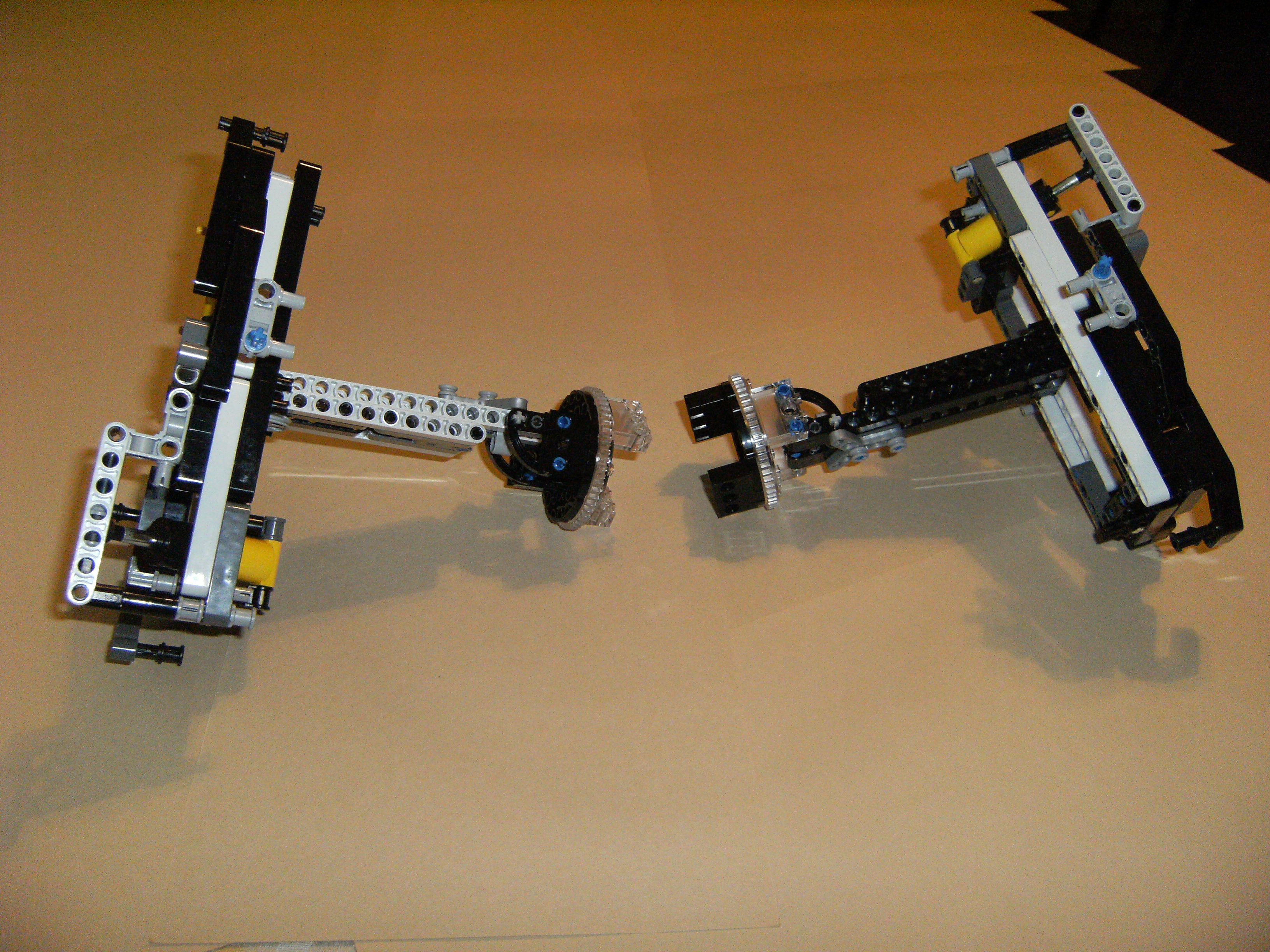 Two modules connected by telescoping shaft (connecting plates on legs)
Two modules connected by telescoping shaft (connecting plates on legs)
Figure 20. View 1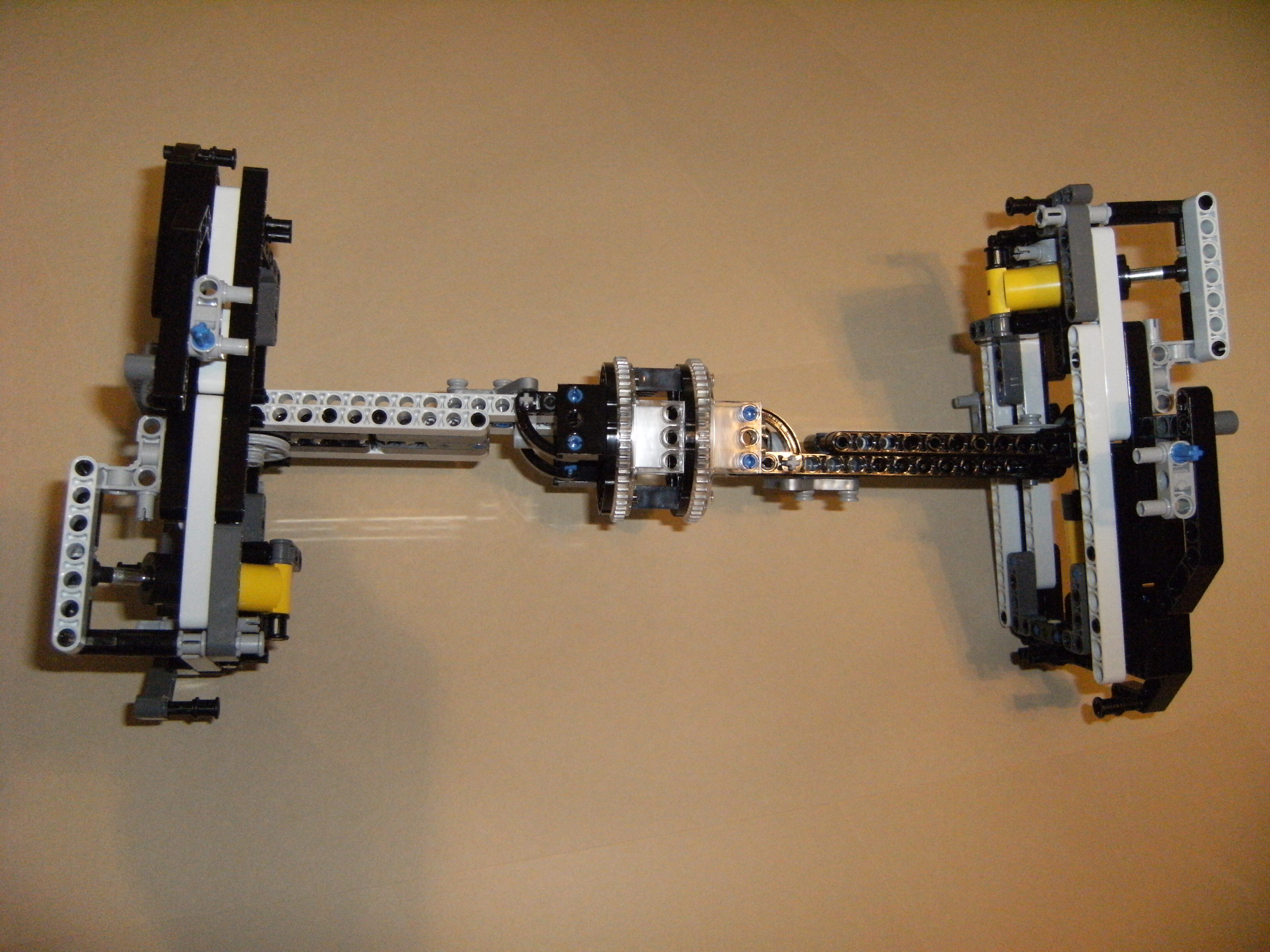 Two modules connected by telescoping shaft (connecting plates on legs)
Two modules connected by telescoping shaft (connecting plates on legs)
Figure 21. View 2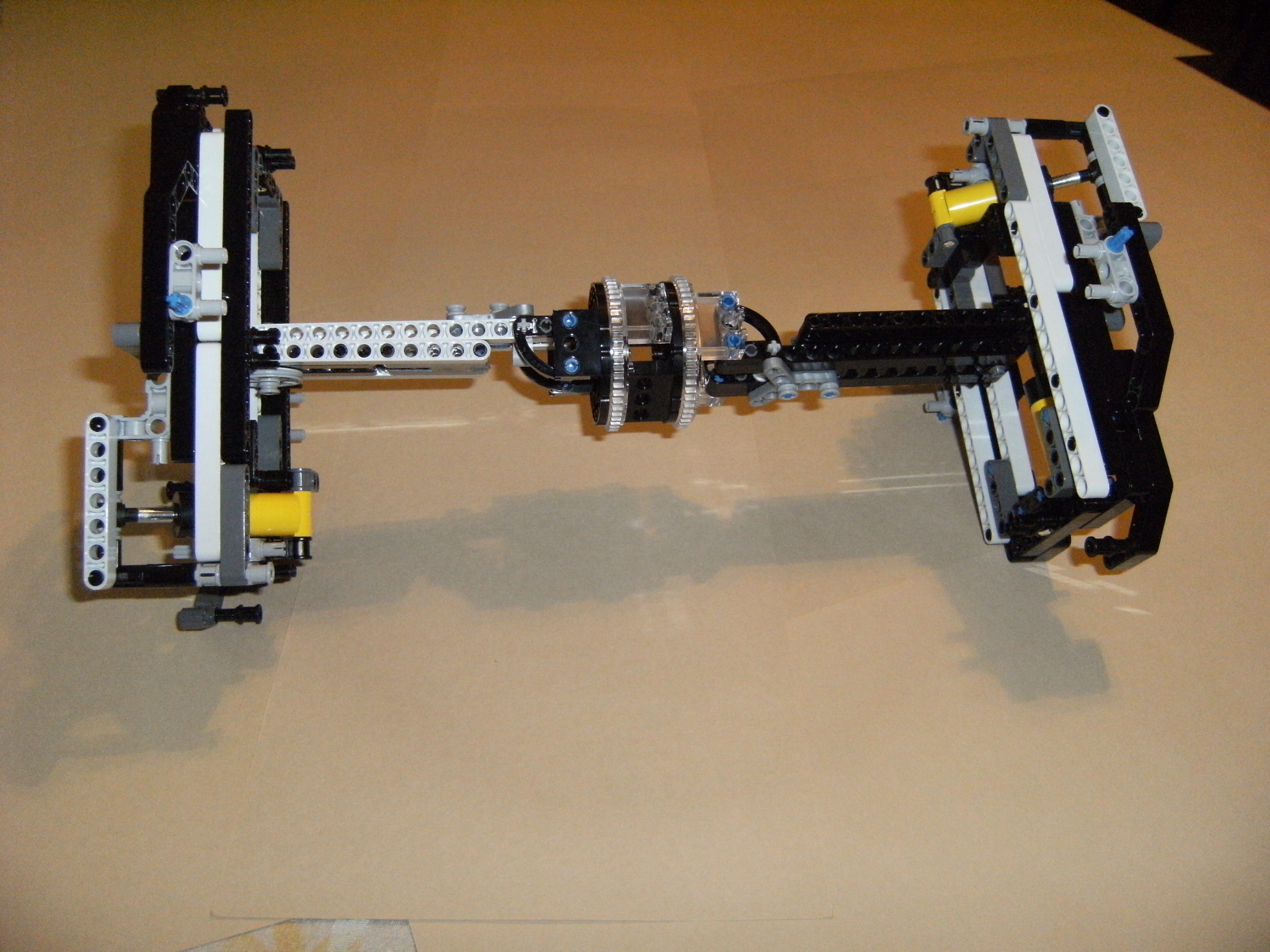 Two modules connected by telescoping shaft (connecting plates on legs)
Two modules connected by telescoping shaft (connecting plates on legs)
Figure 22. View 3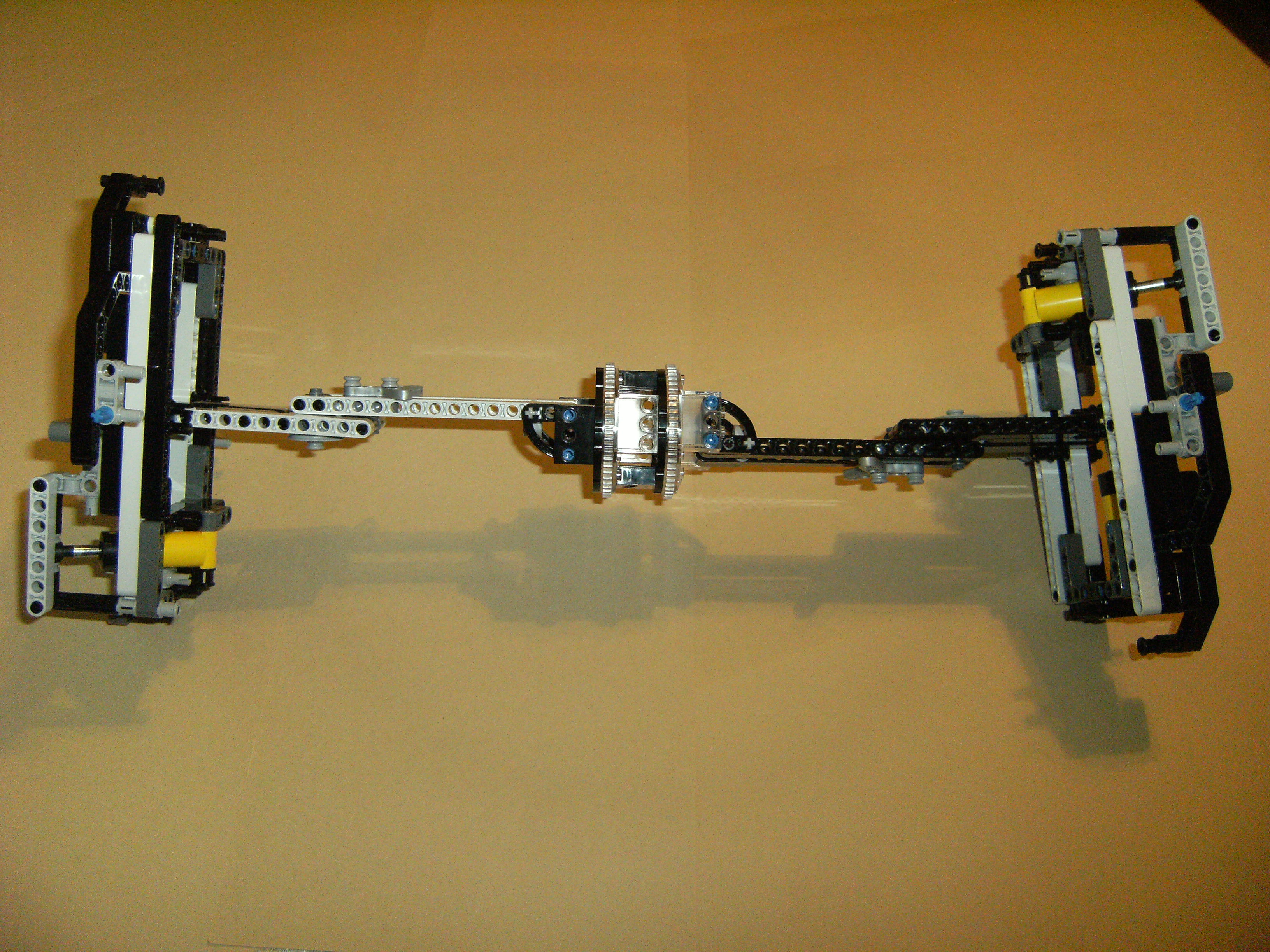 Two modules connected by telescoping shaft (connecting plates on legs)
Two modules connected by telescoping shaft (connecting plates on legs)
Figure 23. View 4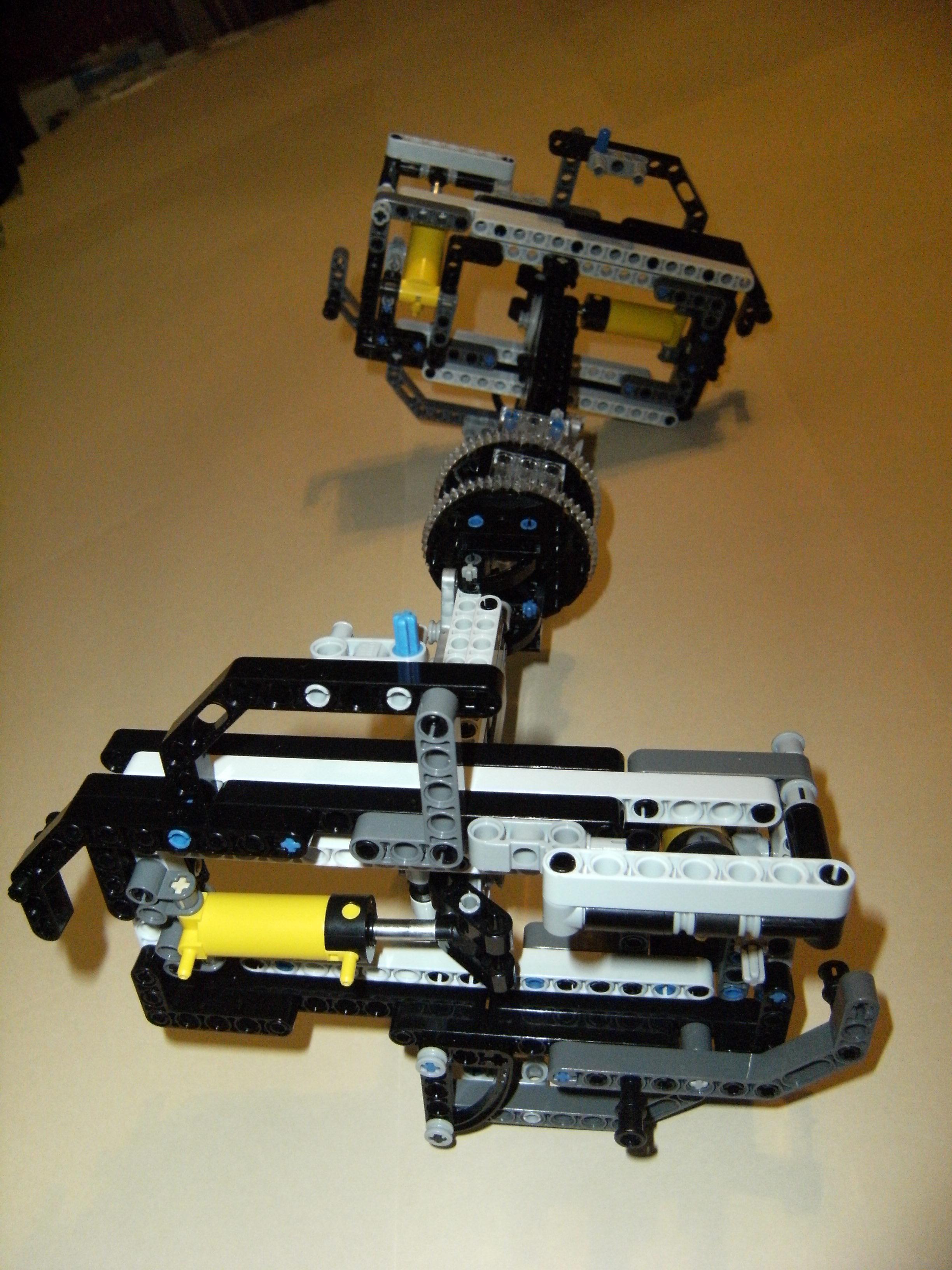 Two modules connected by telescoping shaft (connecting plates on legs)
Two modules connected by telescoping shaft (connecting plates on legs)
Figure 24. View 5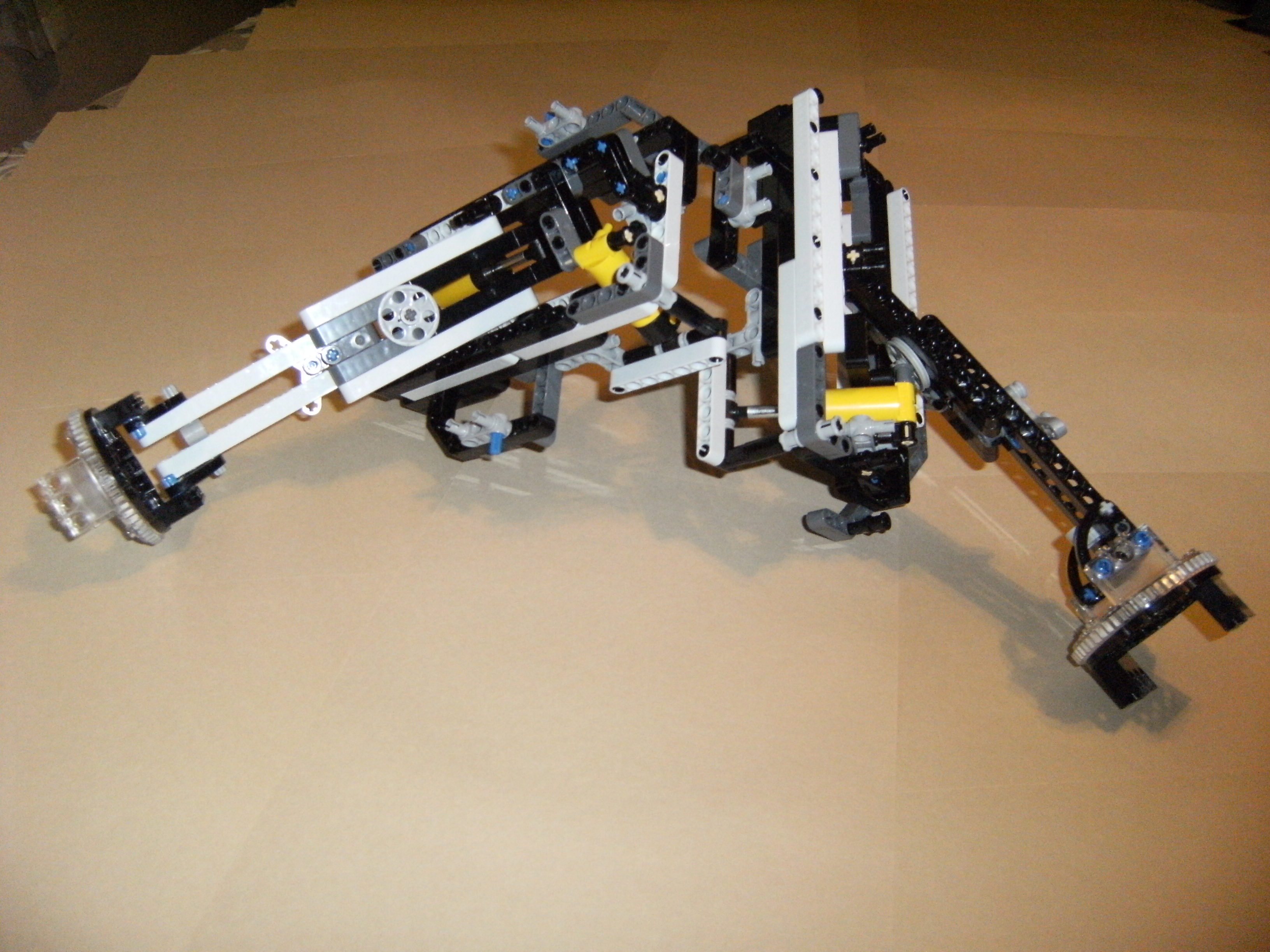 Two modules connected for partial cube faces
Two modules connected for partial cube faces
Figure 25. Side view Two modules connected for partial cube faces
Two modules connected for partial cube faces
Figure 26. Top view 1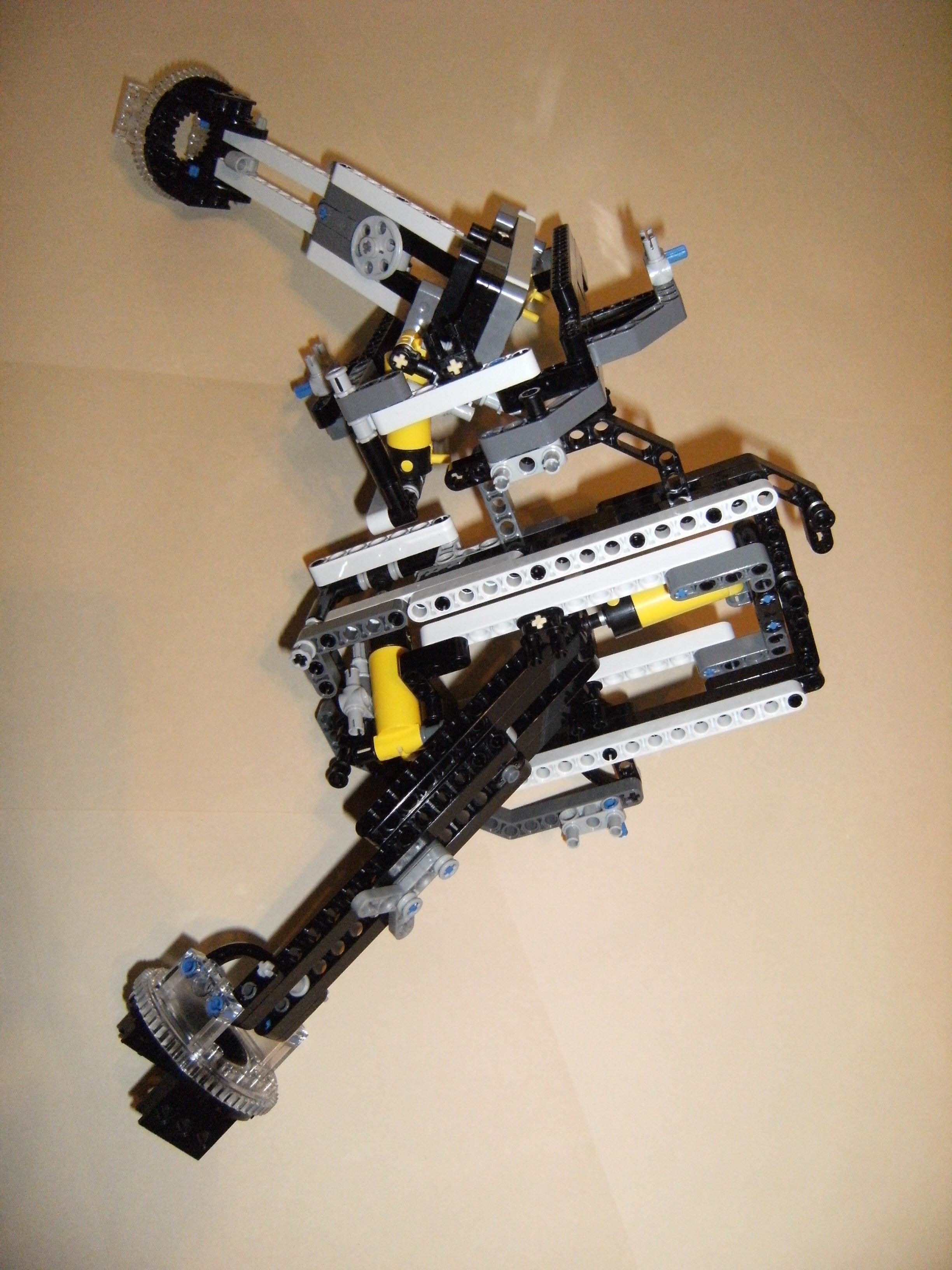 Two modules connected for partial cube faces
Two modules connected for partial cube faces
Figure 27. Top view 2 Two modules connected for partial cube faces
Two modules connected for partial cube faces
Figure 28. Link close-up



